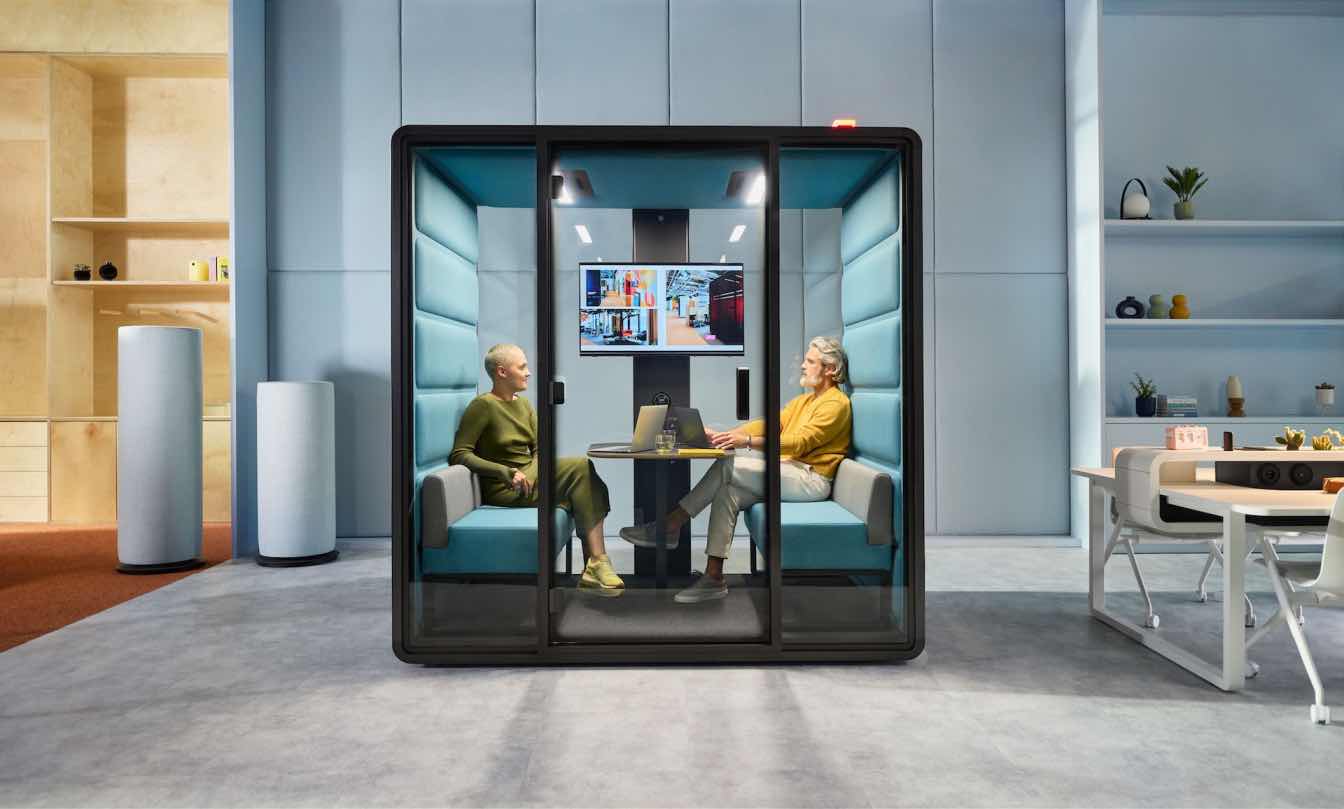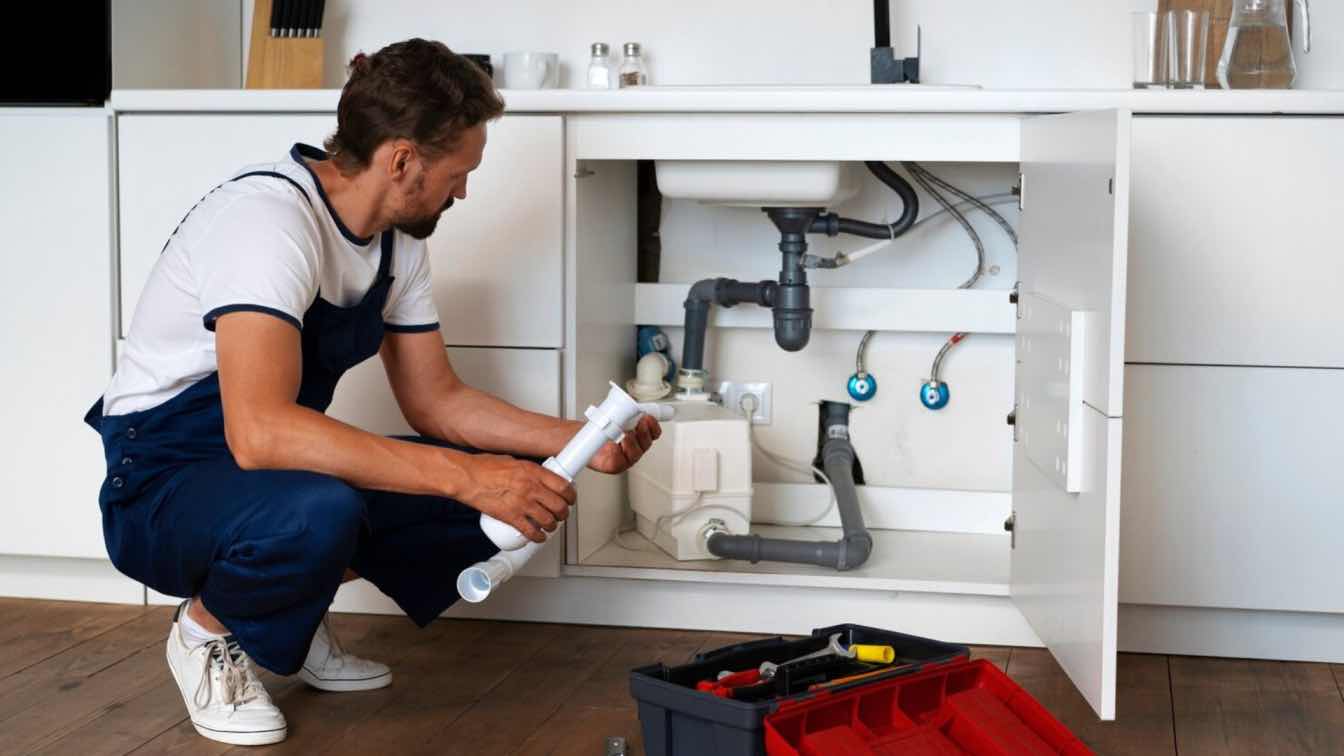Technostress: a genuine problem that increasingly affects workers today, especially those working in hybrid mode. The impact of new technologies on work and personal life is significant and isn’t always positive. An excess of information and stimuli, and the insistence on always being available are only some of the factors that contribute to technostress. It is therefore a good idea to think how we can minimize the negative effects so hybrid work is effective and less burdensome. This article discusses in more detail how technostress impacts employees and how to take steps to effectively avoid it.
What exactly is technostress and why are hybrid workers affected so frequently?
Technostress was first defined by Craig Brod in 1984 as a modern disease of adaptation. Its main cause is people’s inability to cope in a healthy manner with the constant changes and requirements posed by modern technology. According to the extended definitions formulated later, technostress is a negative impact of technology are on the behavior, attitude, thoughts and mental conditions of its users. This is due to both the direct use of technology and the changes technology makes in people’s work and private lives.
Particularly exposed to technostress are people performing hybrid work. This is mainly because of the need to constantly adjust to the platforms, tools and systems for management used by companies, as well as the insistence on being available and effective in the digital world all the time. The constant rivalry with artificial intelligence and its skills and the requirement to immediately respond when working outside of the office may lead to being overworked and tired, and consequently to a deteriorated performance and psychological well-being.
What are the causes of technostress when working in hybrid mode?
When the pandemic started, remote work was considered a temporary means of protecting the health and well-being of workers, while ensuring that business would continue. Currently, this work model is a standard in many workplaces, and companies strive to ensure the best conditions for remote work, for example by providing Hushoffice acoustic office pods for holding video conferences and telephone calls with persons working from their homes.
Technology is essential doing business when work follows the flexible hybrid work model, which leads to the emergence of unique stress factors. Problems with understanding and using new technologies (techno-anxiety) and excessive identification with new technologies (techno-addiction) are the two main factors. Going deeper into this topic reveals other stress factors, such as the sense that technology is ever-present and that one must always be available (called techno-invasion), the fear of technical problems (called techno-uncertainty), the fear of problems with the operation and understanding of technology (called techno-complexity), and the fear of jobs being threatened by IT (called techno-insecurity) [1].
How can an employer protect employees from technostress?
Technostress reduction in a company requires implementing a strategy and creating an environment that is supportive to address the negative impact technology can have on employees. Here are a few ways to alleviate technostress:
Set time limits on the time when employees are using technology and available
To cope with technostress, workers must put limits on the time when they are available online and take small breaks throughout the day. It is best if they do not need to use their company messaging apps, etc., after work. The feeling of having to be “constantly connected” can give rise to conflicts between work and family life, as well as to burnout.
Encourage short breaks as a way to achieve a digital wellness
It is a good idea to provide designated relaxation zones or quiet areas at work, where workers can rest without distraction from screens. Such breaks help the mind unwind, but can also facilitate office interactions, which in turn can counter the sense of isolation resulting from remote work. Even in small companies, it makes sense to designate technology-free zones, e.g. with hushFree.L acoustic cabins, which can accommodate 4 to 6 people. An acoustic cabin can also be a place for relaxation by putting sofas, more coffee tables or other appropriate tables inside. The cabin’s special design will isolate employees not only from various devices and notifications, but also from the excessive noise in an open space office.

Conduct training on using technology effectively
Dedicate time, money and technology to ensure that your employees undergo comprehensive training on new technologies. Explaining the benefits arising from their effective use can significantly reduce the sources of technostress, including techno-complexity, techno-insecurity, and a general feeling of uncertainty. Companies that provide their employees the knowledge and tools they need can effectively resolve the issue of technostress before it is able to disrupt regular business.
Reduce the quantity of messages
One of the most important benefits of technologies in modern companies is a faster flow of information. Communication with co-workers, suppliers and customers is much quicker. When a new app for information-sharing is introduced in a hybrid team may appear to be a great idea, but in reality, it often causes people working from home to feel that they have to be online all the time, and the amount of stimuli overburdens their nervous system.
Effective protection of workers from technostress requires employers to adopt strategies that will limit unnecessary communication, email in particular. It is a good idea to encourage workers to organize effective meetings in-person or online that focus on specific projects or tasks, instead of accepting a never-ending exchange of emails. This will reduce the quantity of superfluous text messages while improving the quality of teamwork. Companies should make sure to designate appropriate spaces for brief video meetings with people working outside of the office. Even if all employees are present in one building, a brief video call with a person from another department can help quickly clarify any issues or doubts. HushFree.S acoustic pods are excellent in this role since they allow conducting video conferences without interfering with the work of others and improving the psychological comfort of their participants.






